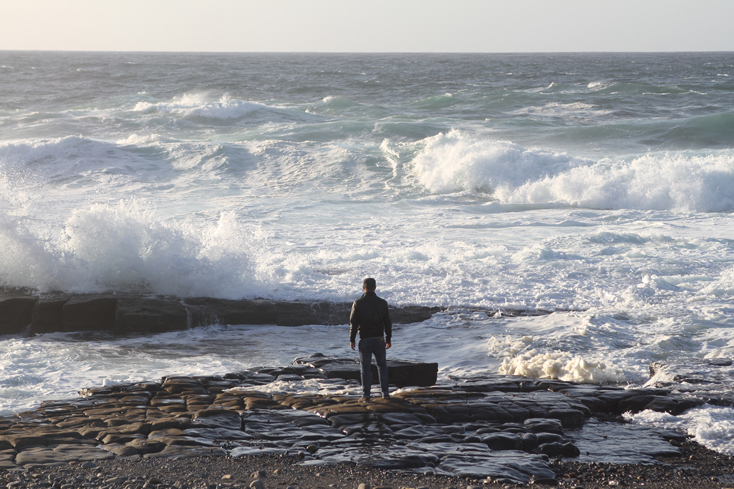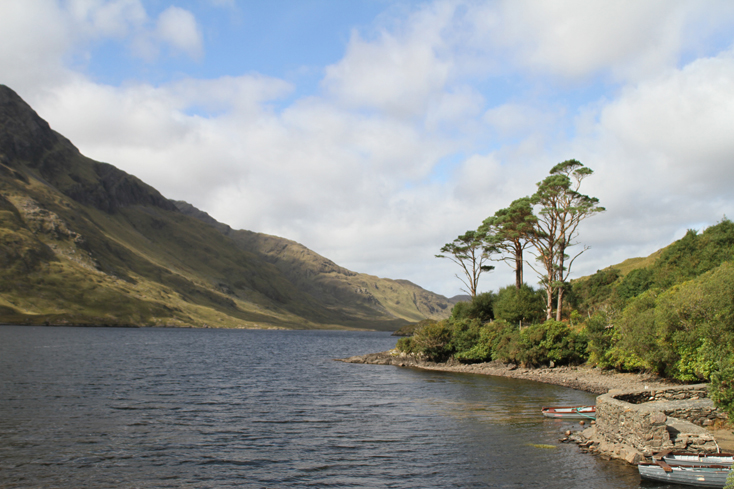
CONTINUITY OF TIME IN MAYO
Close your eyes. In front of you is a vast expanse of lush, green grass, rare shrubs (as if from an ancient map), a sheep grazing silently, then another and another still, and then over there, in the distance, unsure as to whether it’s the horizon or just your imagination, the land protrudes and climbs steeply, in perfect contrast with the bluest sky imaginable.
You’re standing on a completely deserted road, one that cuts through the landscape as far as you can see, in search of the sea beyond. There’s only you, the sound of water flowing in the distance, that intense smell of the earth after the rain and the wind caressing the landscape, content with its works. And then of course there's time. You don’t know where he is, but you know he’s there, hidden, on a far off road of Western Ireland in County Mayo.
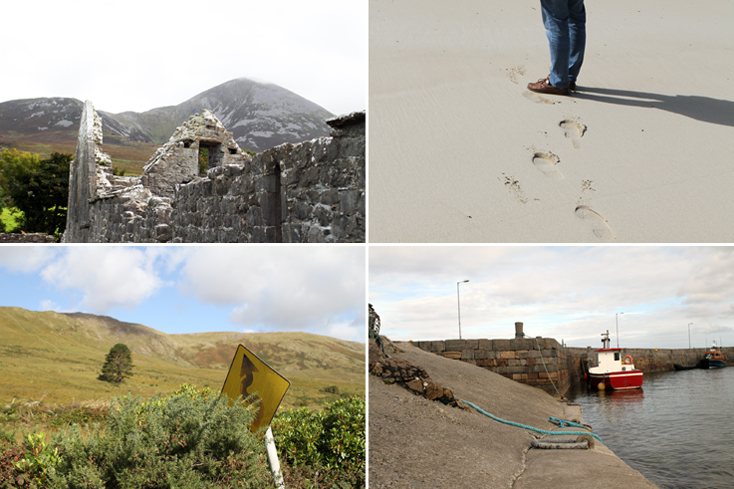
Dickens said that time is "the greatest and longest established spinner of all... his factory is a secret place, his work is noiseless and his hands mutes". And that’s where you are now, in his factory, immersed in his silence – seeing time in a way that you never have before: free, extended, no longer a measurement, a dimension, a relationship between things and our human perception of them. It’s time in its purest essence, no fractured line of the past, present and future, just one long continuity of past, present and future.
Time, the ruler, impossible to keep in mind, but there to be observed with wonder. It’s unfortunate that the perception of such raw and silent time lasts but a moment, vanishing with your arrival, the unique ingredients of which, change events and become part of history. Plato referred to time as “the moving image of eternity."
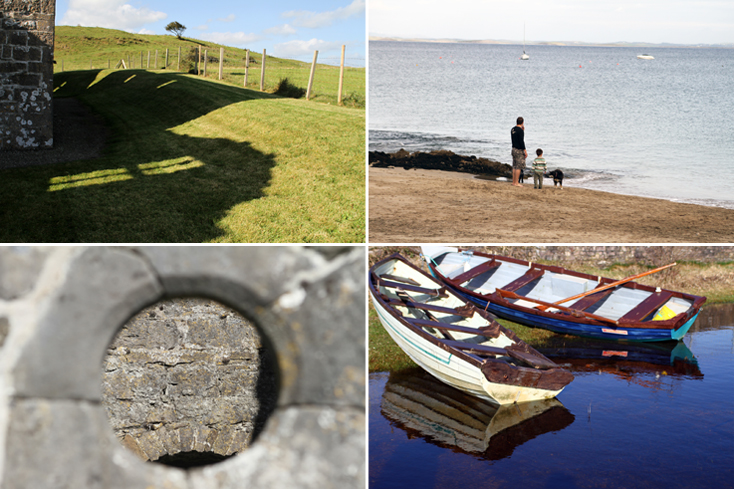
A dynamic and spatial eternity, a spectator, watching, like you, the sun cast shadows of the clouds on the ground, the wind pushing them away, one after the other. It‘s your presence on that road that makes time what it is for man: measurable, sequential. And so it has been always and everywhere. Yet in Western Ireland, it happens a little less. Along the stretches of grass, the line of a silvery ocean, on top of a waterfall, on the still outline of a solitary sheep, but particularly among the people of Mayo, a residue of that eternity seems to be preserved and permeates everything.
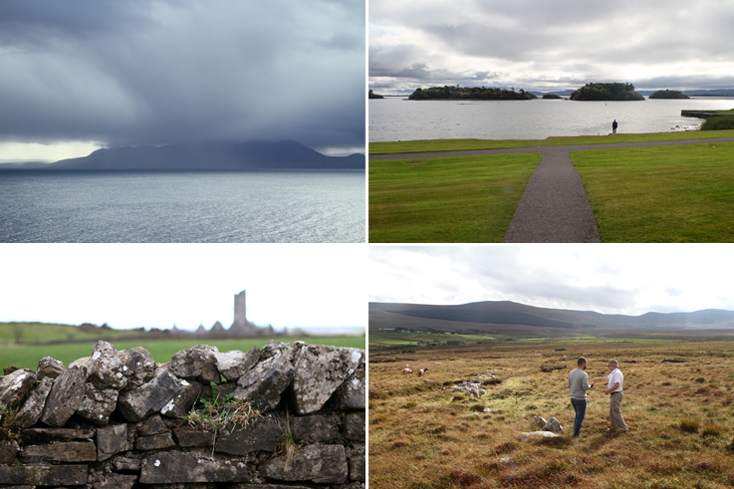
Somewhere in Mayo is a past that is no longer anything; there is a present, which has no duration; and there is a future, yet to be; but the boundaries between the three dimensions are untraceable. And so it is that the past becomes the energy that animates the present and in that, builds the future in an eternal moment. And the mechanism of such concrete wonder remains unknown, happily lost in the coexistence of a dolmen and an abbey, in the smile of a shepherd who greets a young IT worker, in the spirit of a population for whom the boundaries of space and time are not limits but horizons.
